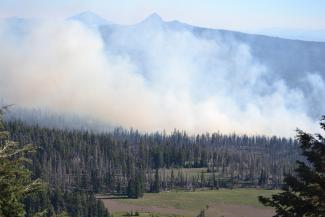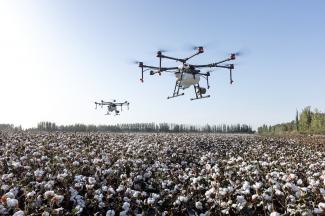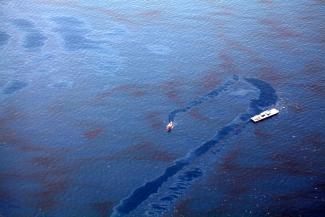The Battle Between Decades of Wetlands Work and Hours of Oil

On October 2, approximately 25,000 gallons of oil spilled into the Pacific Ocean from a pipeline off the shore of Huntington Beach in Orange County, California. While the full environmental impact of the spill is still under investigation, it is clear that the oil spill threatens the money, time, and effort that have gone into rehabilitating and maintaining nearby wetlands. Dead fish and birds were seen washing up on shore. Oil now coats the rocky beach.








